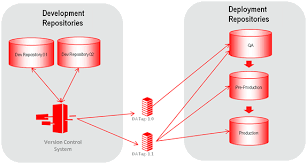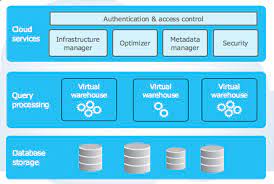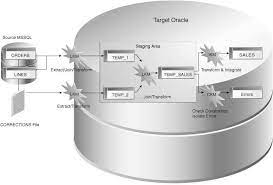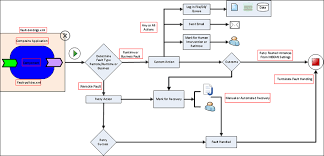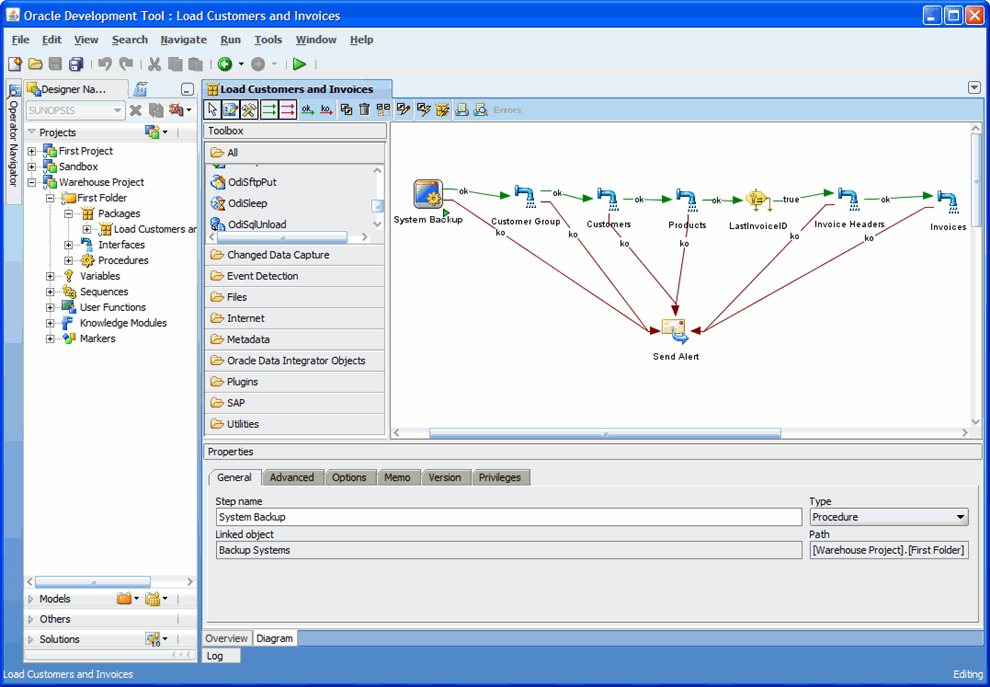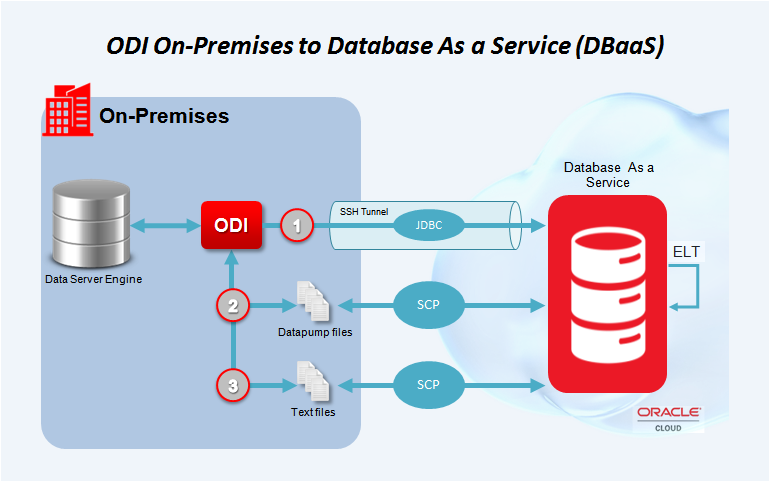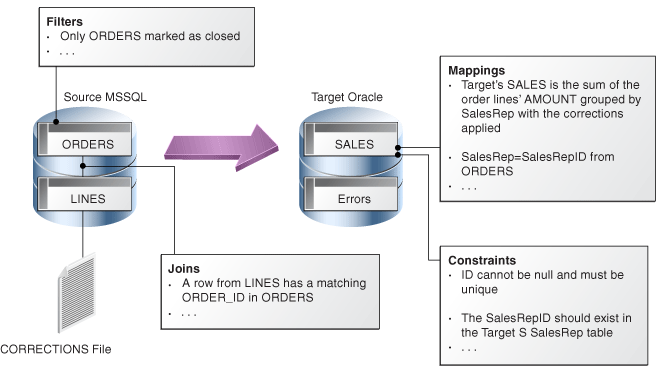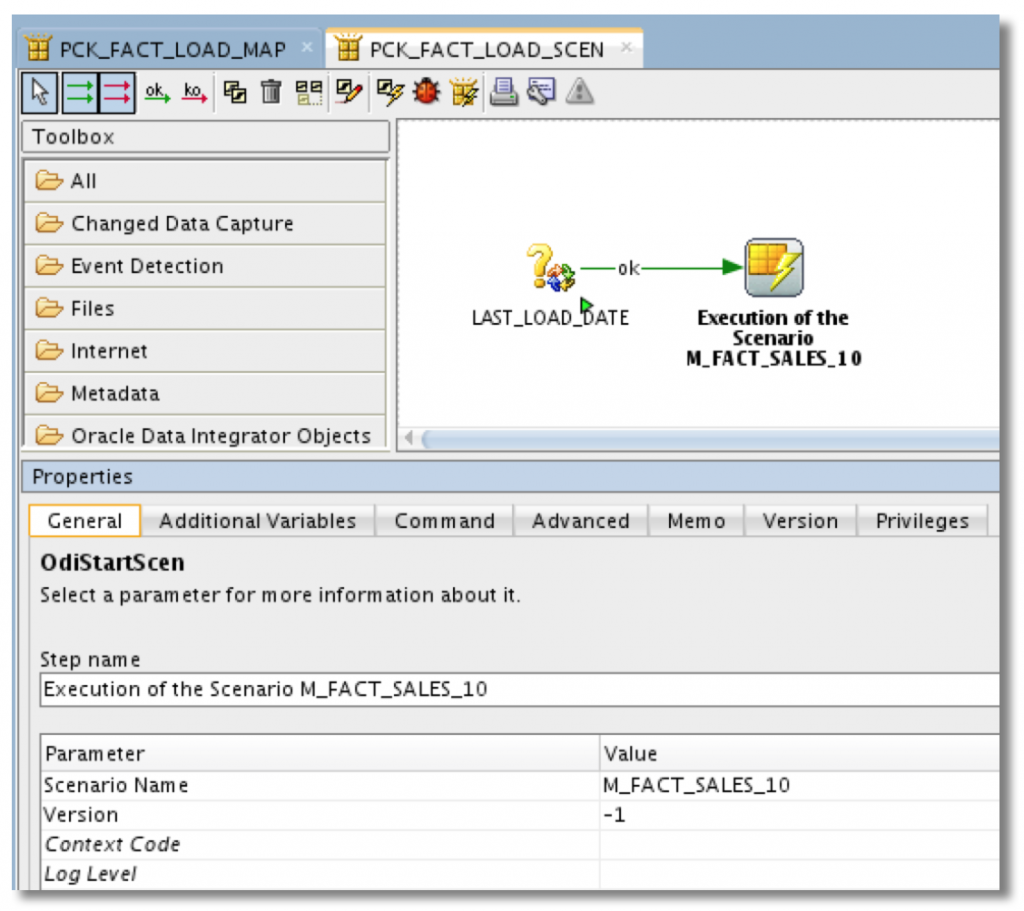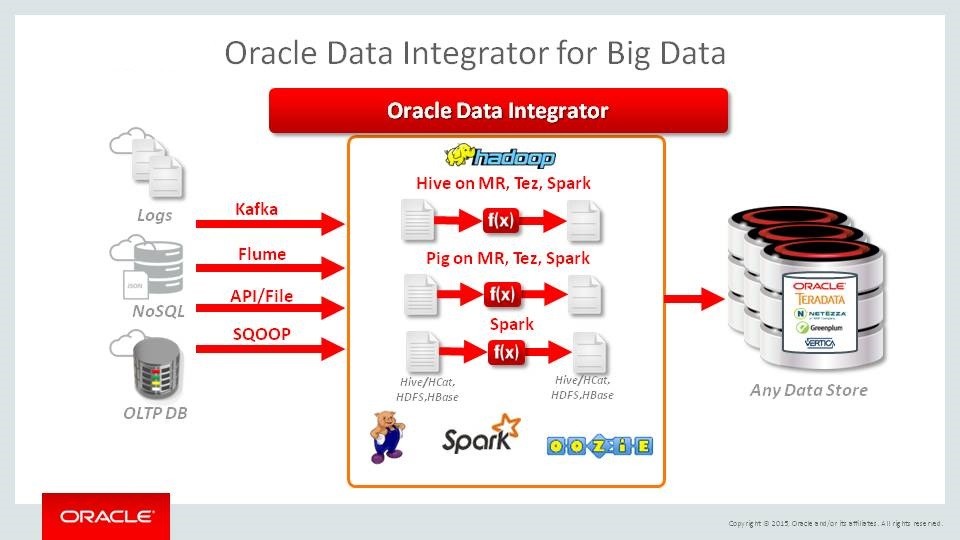21
Sep
Packaging and deploying Oracle Data Integrator (ODI) artifacts involves organizing and bundling various components, such as mappings, packages, scenarios, and data models, into deployment archives for easy transportation and deployment across environments. Here's a step-by-step guide to packaging and deploying ODI artifacts: Create a Deployment Archive: In ODI Studio, navigate to the Designer Navigator. Select the project or folder containing the artifacts you want to package and deploy. Right-click on the project/folder and choose "Export" -> "Deployment Archive" to start the deployment archive creation wizard. Specify the destination directory and provide a name for the deployment archive file. Select the…
